Starstruck8
Brilliant_Rock
- Joined
- May 13, 2021
- Messages
- 833
Thanks, @starstruck for your detailed answer and comparisons.
Would that apply only to cabochons or to other cuts as well?
I have no carvings in any material. So I'm free to indulge in evidence-free theorizing...
But yes, I think that applies to carvings as well. Flat lighting shows up the defects. Directional lighting brings out the glow.
Here's my story about glow: We see brightness as glow when our visual system can't make sense of it by its usual unconscious processing. The reflection of a light from the front of a stone is not seen as glow because our visual system correctly reads it as a reflection. The same applies to a sharp, hard-edged reflection of a light from the back of the cab. But if the reflection from the back is softened by scattering, our visual system doesn't recognize it as reflection, but interprets it as some sort of 'magical' glowing light inside the stone,
This is why clear glass ornaments don't glow (though they may be fascinating). It's why Lalique and others took to using opalescent and frosted glass, which do glow. It's why steel ball-bearings don't glow (our visual system reads the bright reflections as reflections), but pearls, with their equally bright but softer-edged reflections, do glow.
For any material there is a 'penetration depth', beyond which very little light makes the journey there and back to the surface. This depth depends on absorption and scattering.
A piece that's much thicker than the penetration depth won't glow, whatever the lighting. It's only the material close to the surface, at less than the penetration depth, that contributes to what we see.
For a piece to glow, it needs the right balance of absorption, scattering and thickness. It must be thin enough that there is visible reflection from the back surface, But there must be enough scattering that the reflection is soft-edged.
This story seems plausible as far as it goes, which is not very far. But there are some puzzles. Icy jadeite glows. Glassy jadeite (with less scattering) seems to glow more brightly. See @Pomelo's (foil backed) examples:
But actual glass (transparent and non-scattering) doesn't glow. So where is the magic cutoff? What's the ideal - just a tiny bit of scattering, but not too much?
A thought on Pomelo's example: The Buddha has more contrast than the leaf. This is making the glow patch look brighter. I'm thinking that they have different sorts of scattering - the glassier material of Buddha is scattering more in the forward direction of light travel, the leaf material is scattering more in random directions (probably because of the 'cotton')
But that's enough uninformed theorizing for now...





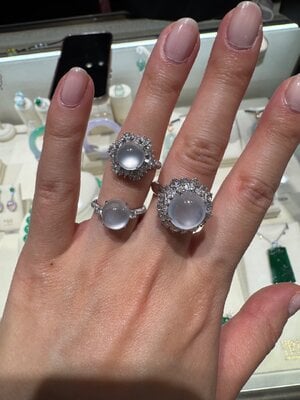
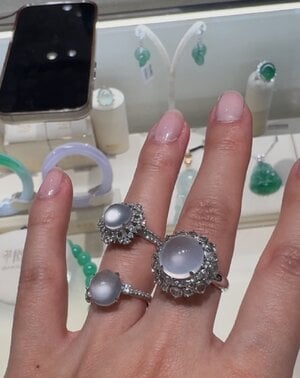
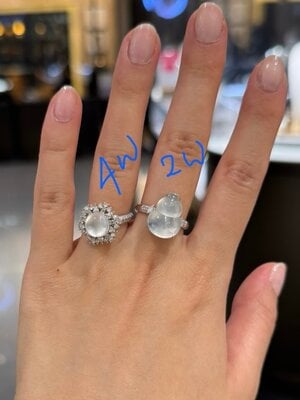
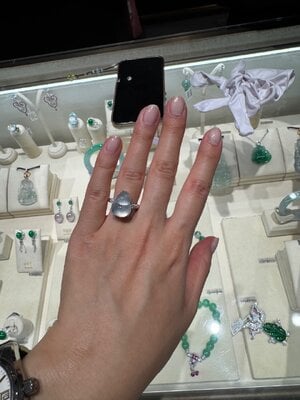
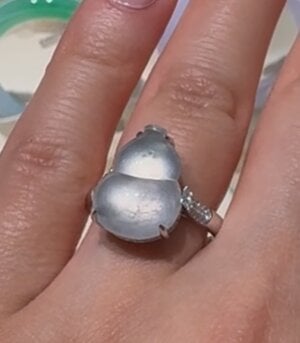
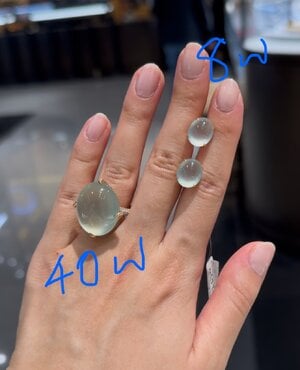
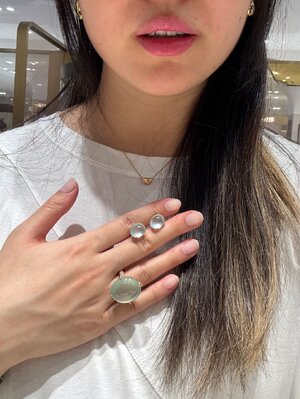
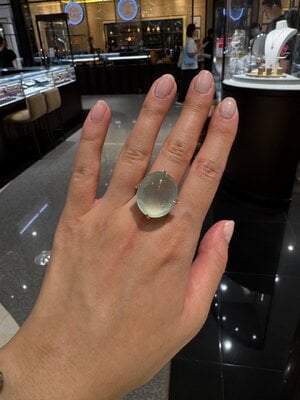
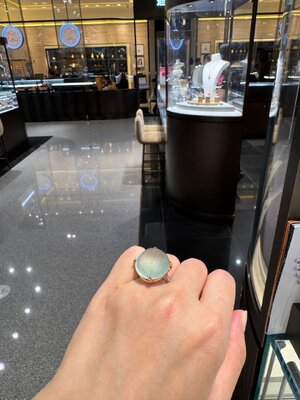
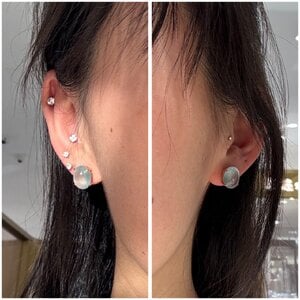
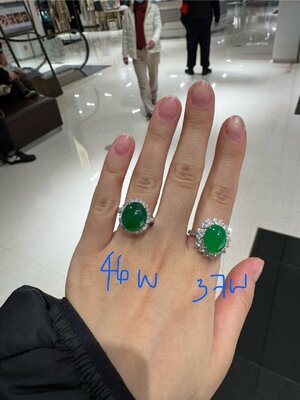
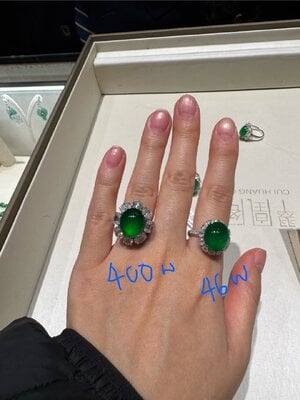
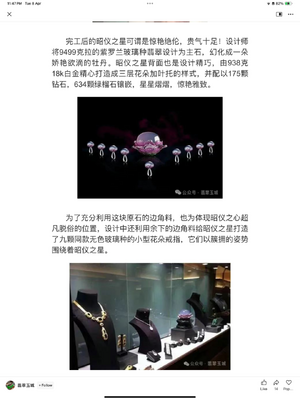
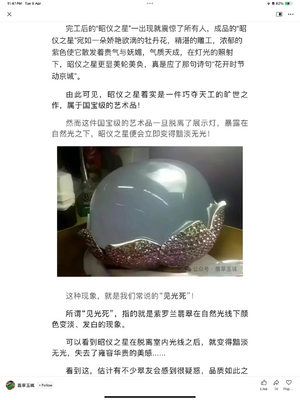
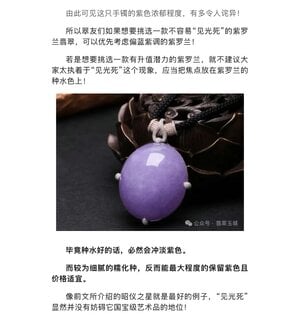

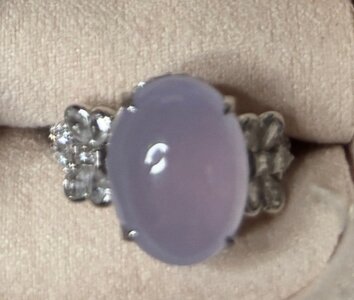
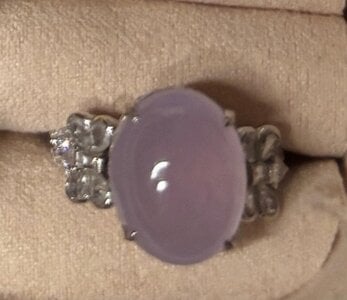
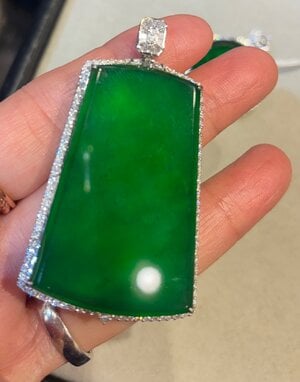

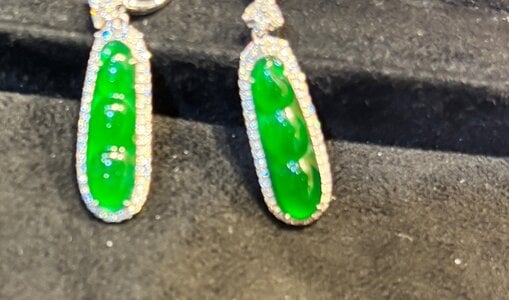

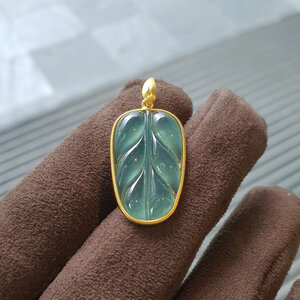
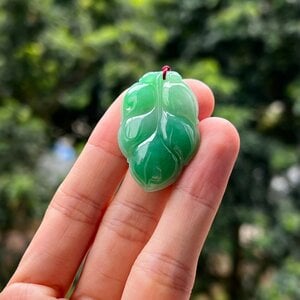
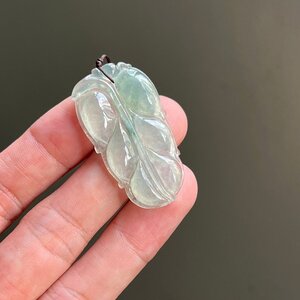
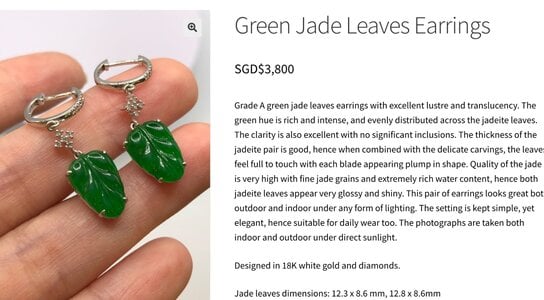
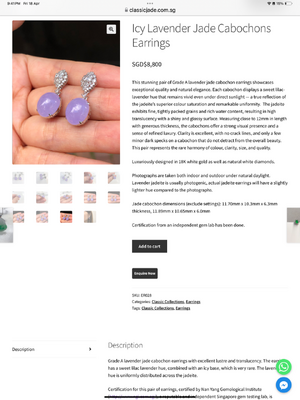
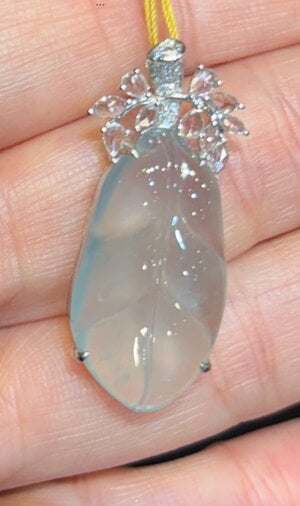
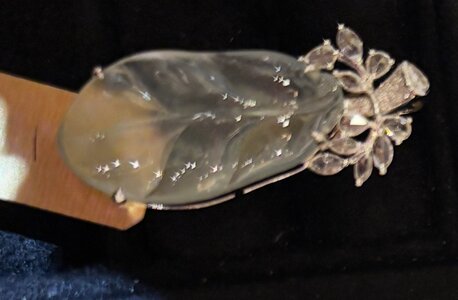
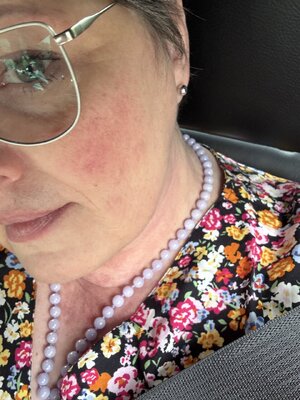



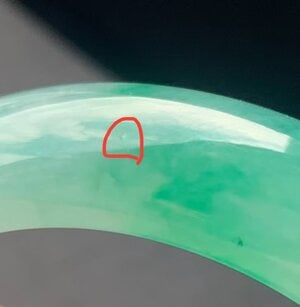
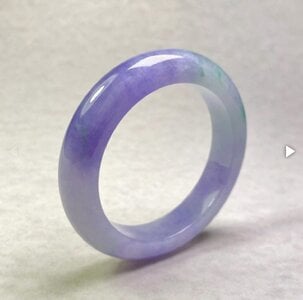
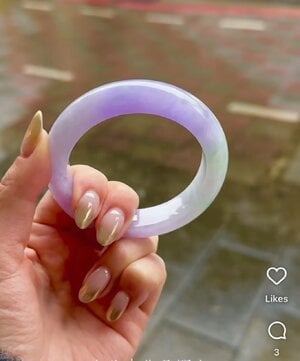
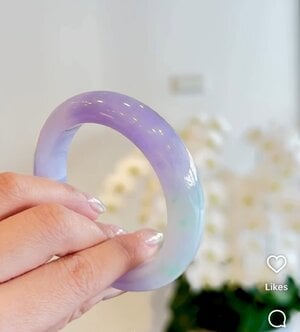
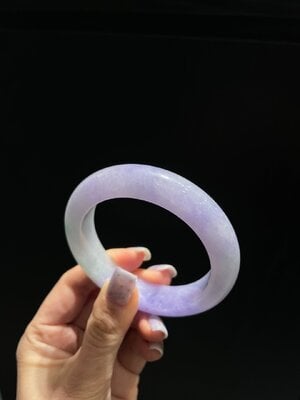
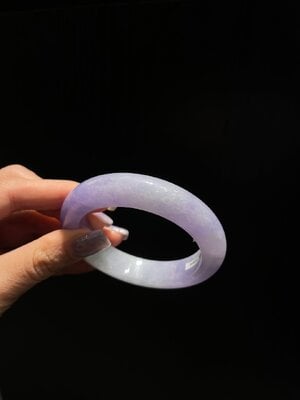
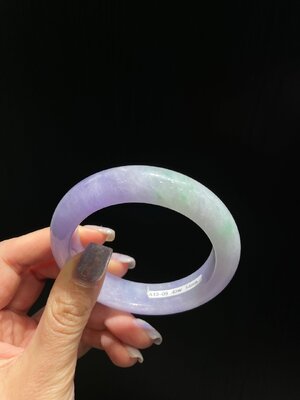


300x240.png)